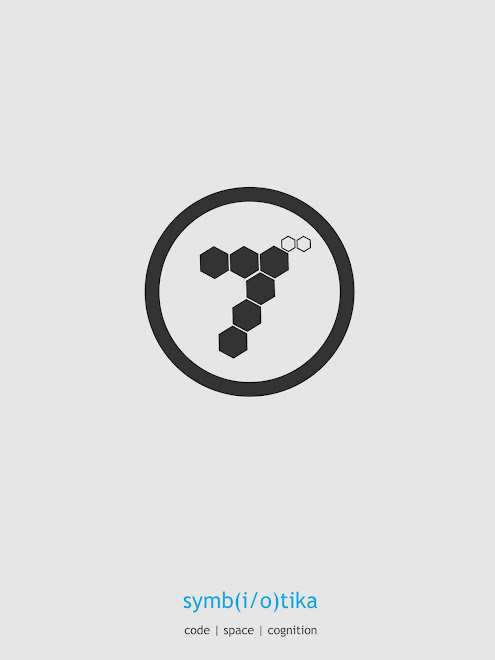Object-Oriented Materialism (OOM)
" Materialism is sometimes criticized on the grounds that we don’t have a well developed concept of matter. In my view, far from being a black mark against materialism, this is a point in its favor. In this connection, I’ve been increasingly influenced by Katerina Kolozova’s discussions and deployment of the thought of Laruelle. Among all that I’ve read on and by Laruelle, Kolozova’s treatments are the first that have helped me to see the importance and significance of his form of critique. Among other things, Laruelle locates a sort of circularity internal to philosophical thought wherein that concepts of that thought end up determining the real. Here the problem is that philosophy structurally becomes locked in a circularity that far from reaching the real, determines the real by thought. Viewed in light of this thesis, the absence of a concept of matter is a strength of materialism rather than a weakness. Were we to have a well developed concept of matter we would find ourselves locked in the correlationist circle, such that we end up claiming that thought and being are identical. The absence of a well-defined concept of matter indicates that while thought, like anything else, is material, matter is nonetheless radically alterior and foreign to thought. The concept of matter is not– as per Plato’s requirements in the Meno –something that we possess in advance, but is rather a moving target that grows with our exploration of matter over the course of history. It is not something that we have already, but rather something that we must discover."

